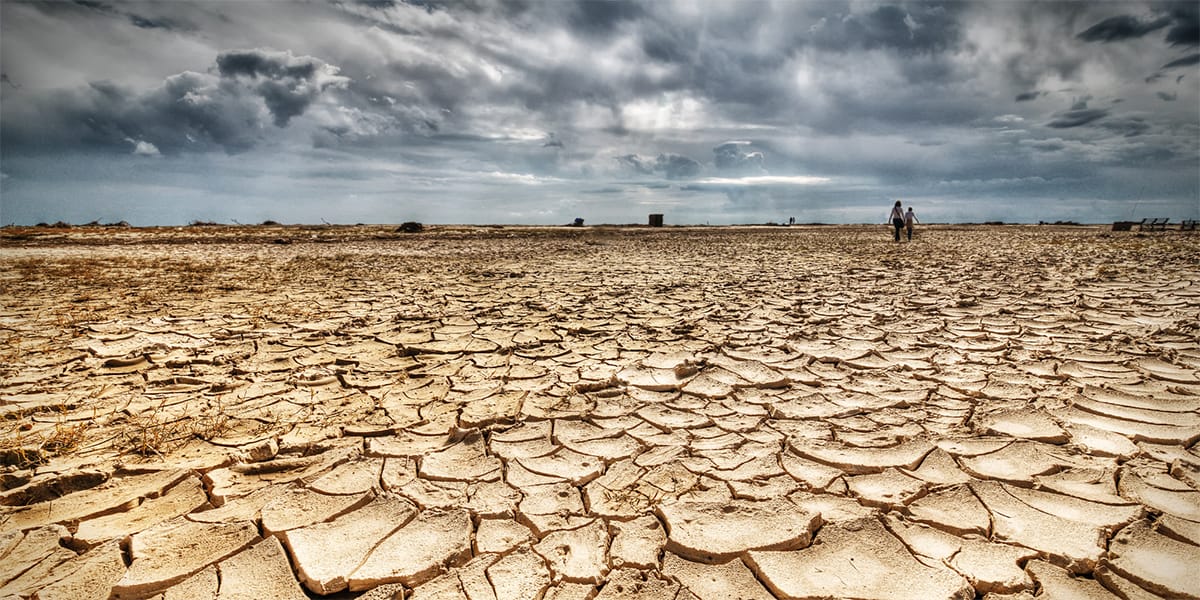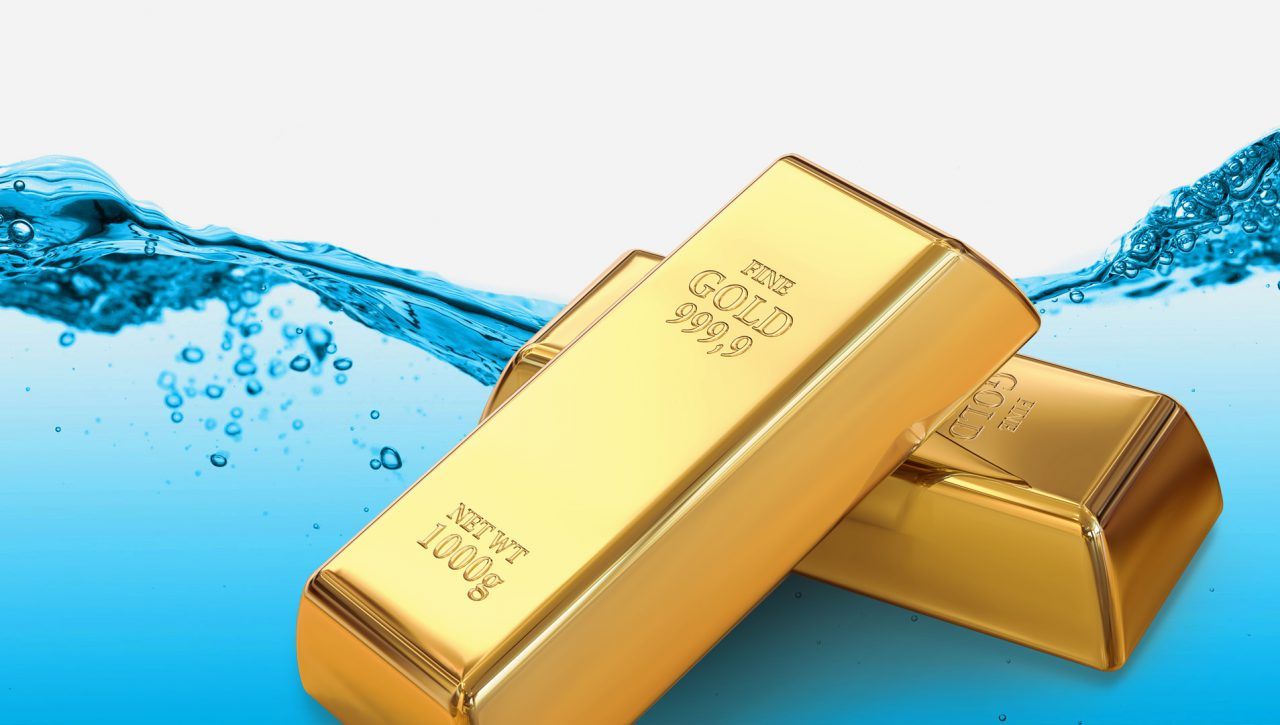The world’s population requires water for survival. This presents a unique opportunity for the savy investor to profit in water ETF's and stocks.
Blue Gold Investment Opportunity
Savvy investors are looking into Water ETF's because the world's population requires water for survival. It is a valuable resource, and virtually three-quarters of our planet is made up of water. However, only a fraction of the available water is safe for human consumption. Most nations continue to grapple with the issue of water shortage because of the unequal natural distribution of fresh water. The continued scarcity has made water to become as precious as gold, earning it the name "Blue Gold."
California Water Wars

Continual economic growth has led to many disputes over water rights. The California water wars between the City of Los Angeles and agriculture groups in Owen Valley are a perfect example. Between 1907 and 1913, Los Angeles mayor, Frederick Eaton had planned to construct an aqueduct to divert the waters from Owen Lake into LA. The primary purpose of this was to solve the water shortage issues faced by the city. Following this move to undermined the project by the US Reclamation Services. Eaton attempted to block the plan by wooing President Roosevelt to side with him. However, this was eventually successful and they got to use the water rights in Owen Valley for the growth of LA.
What followed was the construction of the 233-mile water pipeline. The majority of the lake inflows were diverted. This angered the farmers in the valley who bombed major distribution channels along the aqueduct. The City of Los Angeles responded by purchasing large parcels of land in Owen Valley. Then kept 90% of water rights. By the 1930s, demand for water in the city grew even more. This led to the establishment of the Los Angeles Department of Water and Power (LADWP). LADWP's role was to extend the aqueduct northwards into Mono Basin. Long story short, the water wars may have already started in some parts of the world.
Investing in Water ETFs

Considering the scarcity of water, one may see water ETFs as a potential investment opportunity. Similarly, water ETFs can be traded on the stock market just like any other other commodities based ETF's like gold and oil.
Exchange-Traded Funds (ETFs) are stocks/securities that track the performance of a particular index in the securities exchange industry. The difference between investing in water ETFs and the typical product-based ETFs is that investors don't directly invest in water but in the stocks of companies that deal with the purification, distribution, and marketing of water. Thus, water ETFs are passively managed, meaning they match the current performance of a company's water stocks. That cuts down on the management cost, resulting in better financial gains in the long run.
An example of one major companies within most of the water ETFs is (WAT) Waters Corporation. This firm specializes in the provision of liquid chromatography products. The company's target consumers are companies in the pharmaceutical, environmental research, and chemical production industries. Another company is Ecolab, which is an international brand that provides safe water and energy solutions for different companies across the service and healthcare industry.
Role of the NASDAQ OMX US Water Index
The NASDAQ OMX US Water Index is used to monitor or indicate the performance of companies that provide water solutions to other businesses and industries listed in the US stock exchange. In other words this index is weighted to enhance liquidity and improve the tradability of the underlying index components. The index came to effect on 27th July 2011 with a low-limit value of 1000.00.
Why Invest in Water ETFs Now?
The United Nations World Water Development released a surveillance report in April 2018. It indicated that by 2050, over 6 billion persons would have lived in regions that have faced water shortages for at least one month every year. Currently, the global population facing such shortages is about 3.6 billion people.
Some major factors leading to these shortages include: desertification, pollution, and climate change. For example, Cape Town needed to initiate plans to deal with Day Zero. A date when the municipal water authorities would have to shut off water supplies to the city. This unfortunate situation was due to water shortages caused by a prolonged drought.
Investing in water is an excellent and practical means of expanding your commodities holdings portfolio. While you may consider investing in individual water utility holdings, you can try out on the trending water ETFs to hedge your finances at an affordable cost. Below are to top water ETFs to consider in 2019.
1. Invesco Water Resources ETF (PHO)
This is the largest water ETF and tracks the performance of the NASDAQ OMX US Water Index. It manages over $865 million worth of assets and encompasses over 37 companies, ranging from middle to small-sized equities. The top 10 holdings in this ETF make up more than 60% of PHO and includes internationally-recognized companies like WAT Water Corp, Danaher Corp, Ecolab, and Roper Technologies.
2. First Trust Water ETF (FIW)
Another good candidate is First Trust ETF. This water exchange-traded fund aims to track the investment results of the weighted water index. Meaning that the price and potential yield should track the water equity index closely. Less the management fee of the ETF. It mainly deals with a stock index called ISE Clean Edge Water Index. This comprises of companies that make earn most of their profits from the potable and wastewater sector. The index re-balancing occurs semi-annually.
3. Invesco Global Water ETF (PIO)
This water ETF boasts of managing assets worth over $183 million in value. Its purpose is to monitor the NASDAQ OMX Global Water Index. Comprised of global companies that provide products and services used in water conservation and purification. That said, you'd expect the portfolio to consist of international industrial players and focuses on substantial cap growth and value components. In this ETF, the top 10 companies account for over 50% of the assets. This is an ideal investment option if you have confidence in the top holdings due to the low volatility in water stocks. It is also excellent for long-term financial goals as delivered impressive one-, three-, and five-year yearly revenue of 9.4%, 5.4%, and 7.0%, respectively.
4. Invesco S&P Global Water Index ETF (CGW)
This is an exchange-traded fund that invests in and monitors the S&P Global Water Index with a focus on companies with exchange equities that primarily get revenue by tapping into the continued demand for quality and safe water. That involves the distribution and marketing of the commodity. Albeit the CGW water index focuses much on a global scale, much of the holdings fall in the US (47%) and the UK (14%). Currently, the company has over $600 million worth of assets under its portfolio.


